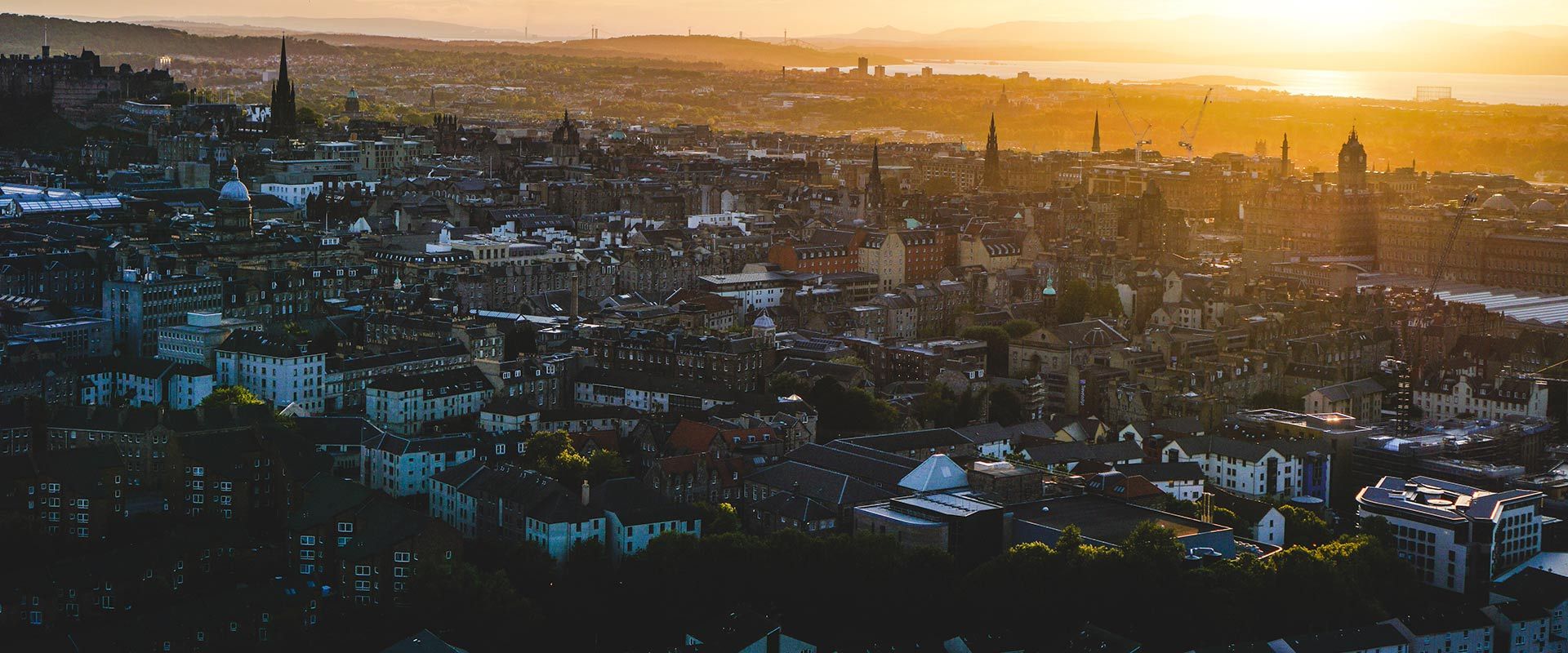Ben Wilson of SCIAF writes for ECO – NGO newsletter in the final SCCS COP25 blog
In many ways, the COP can take place anywhere. Inside the halls, meeting rooms and plenary spaces of IFEMA, you could be forgiven for forgetting that you are in Spain at all.
Each year the COP comes to town and creates a world of its own. Whether you are in Katowice, Bonn, Marrakech or Paris, the view from the negotiating table is frustratingly generic. Each year the negotiations are characterised by the same tedious bickering, the same dragging of heels, and the same proactive vandalism of the process by big polluting countries.
However, when the COP comes to Glasgow next year, it will be coming to a very special place. From a UK point of view, the COP taking place in Glasgow is a complex predicament.
Scotland remains part of the United Kingdom, but has its own government with extensive powers in key areas, including over many aspects of climate change policy. COP26 will therefore be a UK Government event, taking place in a part of the country that develops its own, more ambitious, climate policy.
Furthermore, just as we don’t know if the UK will still be in the EU this time next year, there will be questions asked about Scotland remaining in the UK, as its government seeks legislation for a second referendum on Scottish Independence.
But aside from the national question, COP26 next year will also be taking place in a city with its own unique story to tell — a story which can help shape our understanding of the crisis we are in. Glasgow was founded in the 6th century, and takes its name from the Gaelic for “dear green place”. In later years, this “dear green place” was transformed into an industrial heartland. It became a centre of shipbuilding in the 15th century, when vessels from Glasgow were used to transport slaves across the globe and plunder far-away territories. In the 19th century, Glasgow became the heart of the industrial revolution, processing the raw materials brought back by ships from the Caribbean and from plantations in the US.
However, the wealth that the ships brought back to Glasgow did not go toward feeding the people who built them. In a time where Glasgow was known as the “second city of the British Empire,” it was also a host to slums, extreme poverty, and an ever-more furious working-class. In the 20th century, Glasgow became a site of resistance, with its people leading movements that would transform workers’ rights across the country. Many of the same people would go on to travel to Spain to fight fascism in the 1930s, and those who returned brought with them a deep sense of local and global justice.
This history of Glasgow simmers beneath its streets, and when the COP comes to the city, it will bubble up over the surface. Questions of colonialism, of its legacy of slavery, of industry, of strikes, and of social movements, will frame our discussions when the world comes to town on equity, loss and damage, human rights, climate justice and the just transition.
Glasgow’s story is a common story to many cities in the ‘developed’ world. It encapsulates the historical exploitation which shaped our current crisis, the local exploitation that fuels global exploitation, and the need for urgent transformation to repent for the sins of the past. It also reminds us of the change that can occur when the oppressed refuse to take it any longer.
When the COP comes to Glasgow next year, its people will be ready for them, and will let the negotiators know exactly where they are.


